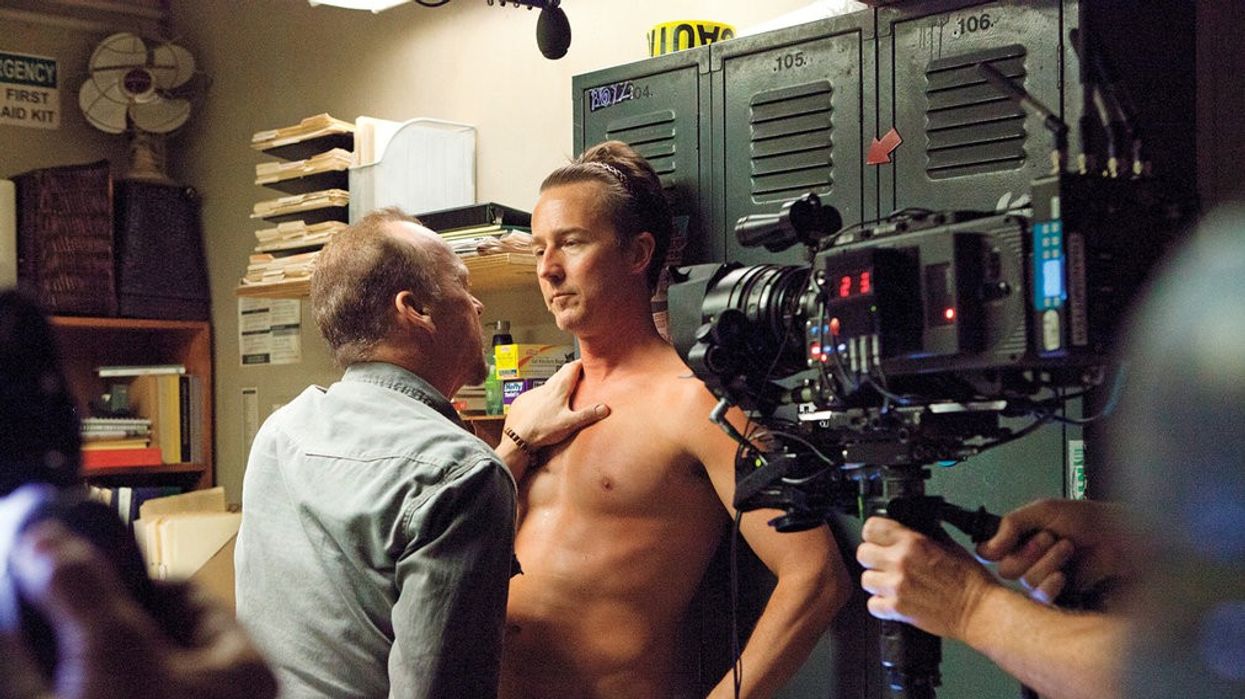6 Ways to Hide Your Lights While Shooting a Long Take
Yeah, those single-shot long takes are cool, but how are you supposed to light them?

It seems like ever since Birdman came out, everybody was talking about the long take—you know, the kind of shot that lasts for several minutes without cutting away. Long takes tend to bring an intriguing immediacy to scenes and allow audiences to immerse themselves in the drama, but they can be quite challenging to pull off, especially when it comes to lighting.
DP Emma Kragen lists six helpful tips for lighting these long takes in this video from Aputure:
In your standard short-length shot, you block your characters and set up your light sources based on where they are in the frame. It's pretty cut and dry. However, with a long shot, you have to get creative with where you place your lights, because if your characters are moving around quite a bit, that means they might be moving away from those light sources. Kragen's tips on how to counteract that are extremely helpful.
Be aware of your frame lines
You should always be aware of where your frame ends, but it's especially important if your camera and subjects are going to be moving around a lot. So, take note of where your frame lines are throughout the entire long shot—plan, choreograph, and practice the shot over and over until you've got it down. Then place lights.
Move the key light
Remember, lights can get mobile. If you're able to move your key around—that is, it's not going to burn your face off or be too heavy—do it. Sometimes all you'll have to do is some panning or tilting, but other times you might have to carry around a portable LED (or something similar).
Hide lights in the frame
This technique is used a lot apart from shooting long takes. Hiding lights behind or inside stuff that's within the frame allows you to put that valuable real estate to good use—and it's especially helpful when that real estate starts to shrink as more of it ends up in the shot. Placing lights on the ground is a good way to hide them; capturing the floor in the frame isn't usually a necessity, but if it is, hiding lights behind plants, bookcases, and other objects in the frame should work equally well.
Bounce an on-screen source
This is a great little trick if you're going to be utilizing a practical light, namely something handheld like a flashlight. Have a member of your crew follow the subject around with a bounce card—or, as Kragen suggests, have them wear a white shirt. This will add a little bit of illumination without having to figure out where to plug in and place a light out of the frame.
Use flats or corners
This technique requires you to be knowledgeable about the layout of your location. So, if you've got flats (walls or partitions) and corners, you can use their blind spots to hide lights. Kragen mentions that if you don't have flats, you can use curtains, fake walls, or anything that's large and tall enough to give you what you need to hide and rig lights.
Hide lights in falloff
Much like me after I started listening to Nine Inch Nails in middle school, lights can exist quite happily in the darkness. Kragen says that a good place to hide a light is in the shadows. Pro tip: If your light stand is reflecting light, you can wrap it in duvetyne.
Do you have any cool tricks for hiding lights for long takes? Let us know in the comments below.
Source: Aputure













